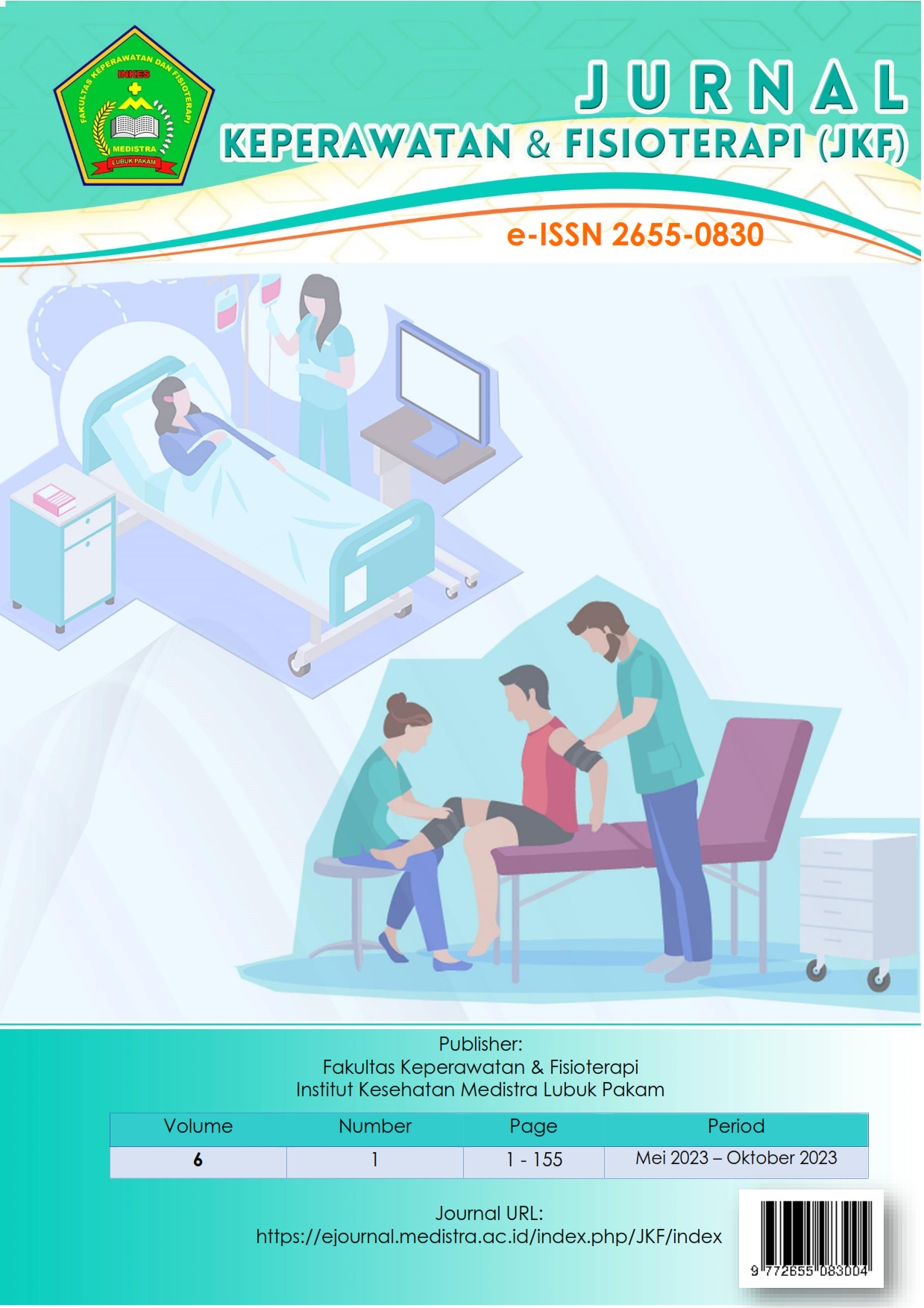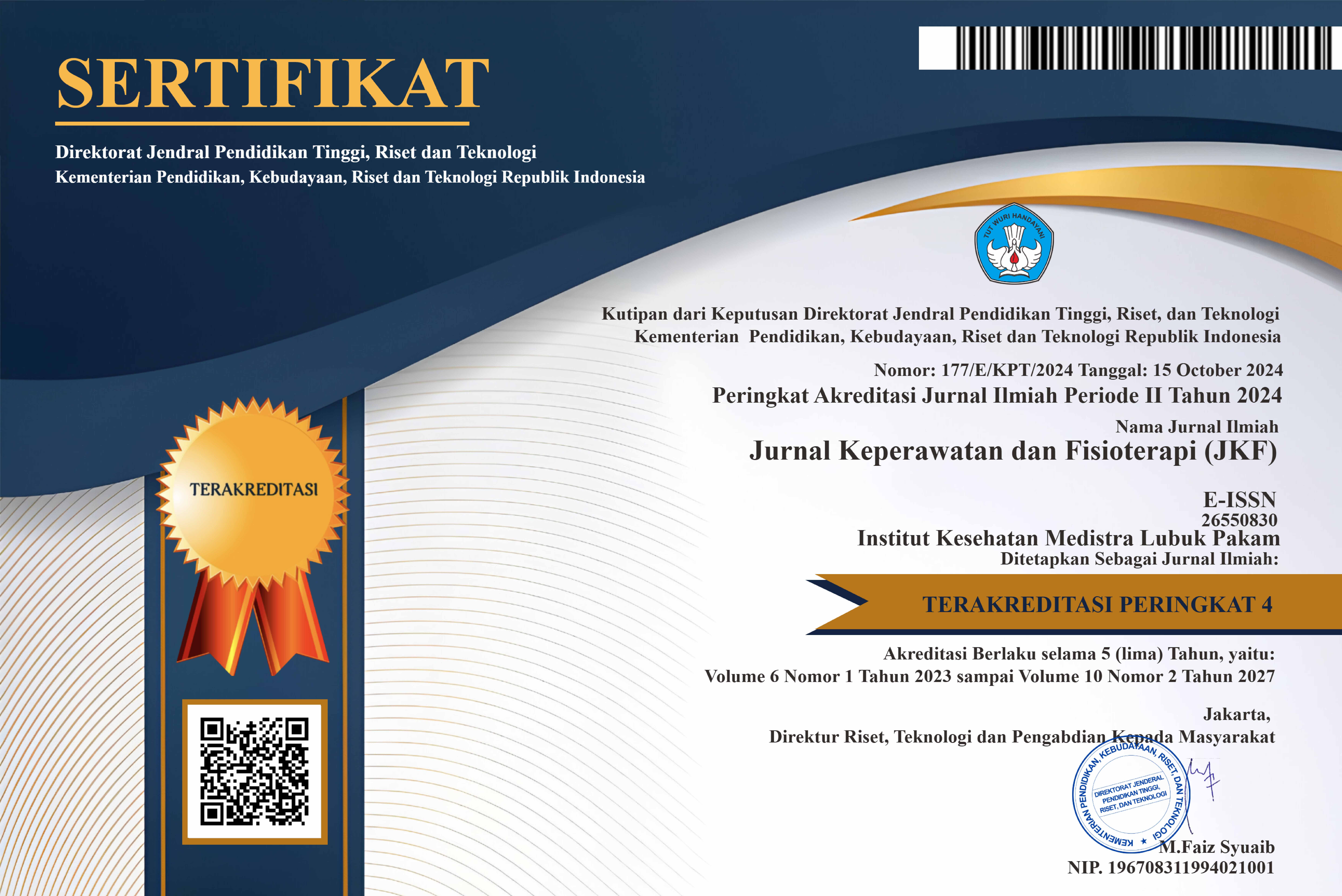Prognostic Factor Analysis in Hemorrhagic Stroke Emergency: A Retrospective Study in the Emergency Unit
DOI:
https://doi.org/10.35451/jkf.v6i1.2501Keywords:
Hemorrhagic stroke, prognostic factors, emergency department, GCS, bleeding volumeAbstract
Background: Prompt and appropriate treatment in the Emergency Department (ER) is critical to reducing mortality and disability. However, the identification of prognostic factors that can predict patient outcomes is still a challenge. Therefore, it is necessary to analyze the factors that contribute to the prognosis of hemorrhagic stroke patients in order to improve the effectiveness of early management in the ER. Objective: This study aims to analyze the prognostic factors that affect the clinical outcomes of hemorrhagic stroke patients in the ER, based on univariate and bivariate data. Methods: This study is a retrospective study with a cross-sectional design involving hemorrhagic stroke patients who are admitted to the ER for a period of time. Data were collected from the patient's medical records and analyzed using descriptive statistics (univariate) as well as bivariate tests (chi-square and logistic regression) to determine the relationship between independent variables (age, blood pressure, level of consciousness, bleeding volume, and comorbidities) with patient outcomes. Results and discussion: Univariate analysis showed that the majority of patients were over 60 years old (68%), with an average blood pressure of 180/100 mmHg. The average Glasgow Coma Scale (GCS) is 8, indicating a low level of awareness. Bleeding volumes of more than 30 mL were found in 55% of patients. Bivariate analysis showed that advanced age (p=0.01), high blood pressure (p<0.03), low GCS (p0.001), and large bleeding volume (p=0.002) were significantly associated with increased mortality. Logistic regression analysis showed that low GCS and bleeding volume were the main prognostic factors with odds ratio (OR) values of 4.5 and 3.2, respectively. Conclusions: Advanced age, high blood pressure, decreased consciousness (low GCS), and large bleeding volume are significant prognostic factors in hemorrhagic stroke emergencies. Identification of these factors in the ER can help in clinical decision-making and more optimal therapy planning.
Downloads
References
Feigin, V. L., Brainin, M., Norrving, B., et al. (2022). "World Stroke Organization Global Stroke Fact Sheet 2022." International Journal of Stroke, 17(1), 18-29.
Rincon, F., & Mayer, S. A. (2013). "The Epidemiology of Intracerebral Hemorrhage in the United States from 1979 to 2008." Neurocritical Care, 19(1), 95-102.
Anderson, C. S., Heeley, E., Huang, Y., et al. (2013). "Rapid Blood-Pressure Lowering in Patients with Acute Intracerebral Hemorrhage." New England Journal of Medicine, 368(25), 2355-2365.
O’Donnell, M. J., Xavier, D., Liu, L., et al. (2010). "Risk factors for ischemic and intracerebral hemorrhagic stroke in 22 countries (INTERSTROKE): a case-control study." The Lancet, 376(9735), 112-123.
Caplan, L. R. (2016). Caplan’s Stroke: A Clinical Approach (5th ed.). Cambridge University Press.
Downloads
Published
Issue
Section
License
Copyright (c) 2023 Rahmadani Sitepu

This work is licensed under a Creative Commons Attribution 4.0 International License.
Copyright in each article is the property of the Author.


























